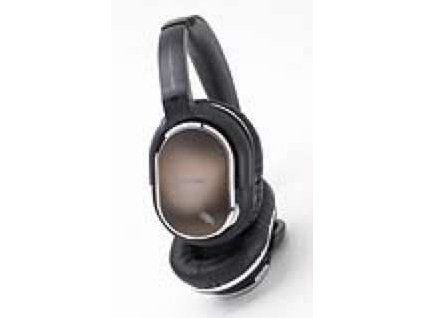TechRadar Verdict
The end result isn't quite as impressive as one might hope for. Good results in passive mode, but expensive
Pros
- +
Works reasonably well
Cons
- -
Average amplifier
Why you can trust TechRadar
This is not the only noise-cancelling headphone on the market, but the concept is still a fairly rare thing. The idea is simply that a microphone built into the outside of the earpiece picks up ambient sound which is then added, in inverse phase, into the signal applied to the driver of each channel so that the net result is a much reduced level of outside noise.
It sounds brilliant but in practice is restricted to low-frequency sounds such as the engines of planes, trains and buses - which covers plenty of likely applications. It also means that you need to fit a battery (one is supplied but we recommend rechargeables for regular users) and also need to remember to switch the headphones off after use!
If the battery is dead or you don't need the noise cancelling, the SHN9500 works as a perfectly normal headphone and actually sounds very decent. It's also gratifyingly comfortable, with soft earpads that fit round all the ears we tried. But we've mixed feelings about the noise cancelling part of the equation.
It does work reasonably well, but then it also boosts the level of the incoming signal, which obviously boosts one's perception of its efficacy. And the built-in amplifier that performs said boosting is not of the greatest quality.
On the other hand, in noisy environments that's probably not so very crucial. The true audiophile desperate for music on the move will probably prefer Etymotic noise-blocking earphones, but this has its place.
Tech.co.uk was the former name of TechRadar.com. Its staff were at the forefront of the digital publishing revolution, and spearheaded the move to bring consumer technology journalism to its natural home – online. Many of the current TechRadar staff started life a Tech.co.uk staff writer, covering everything from the emerging smartphone market to the evolving market of personal computers. Think of it as the building blocks of the TechRadar you love today.
